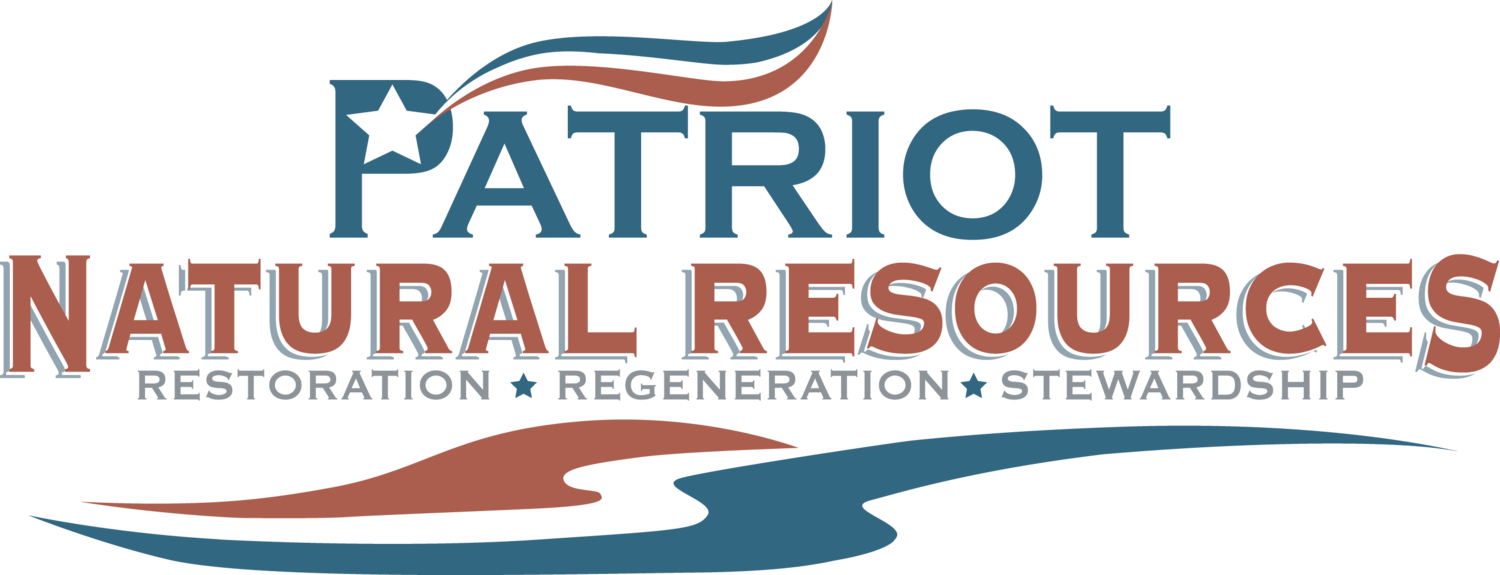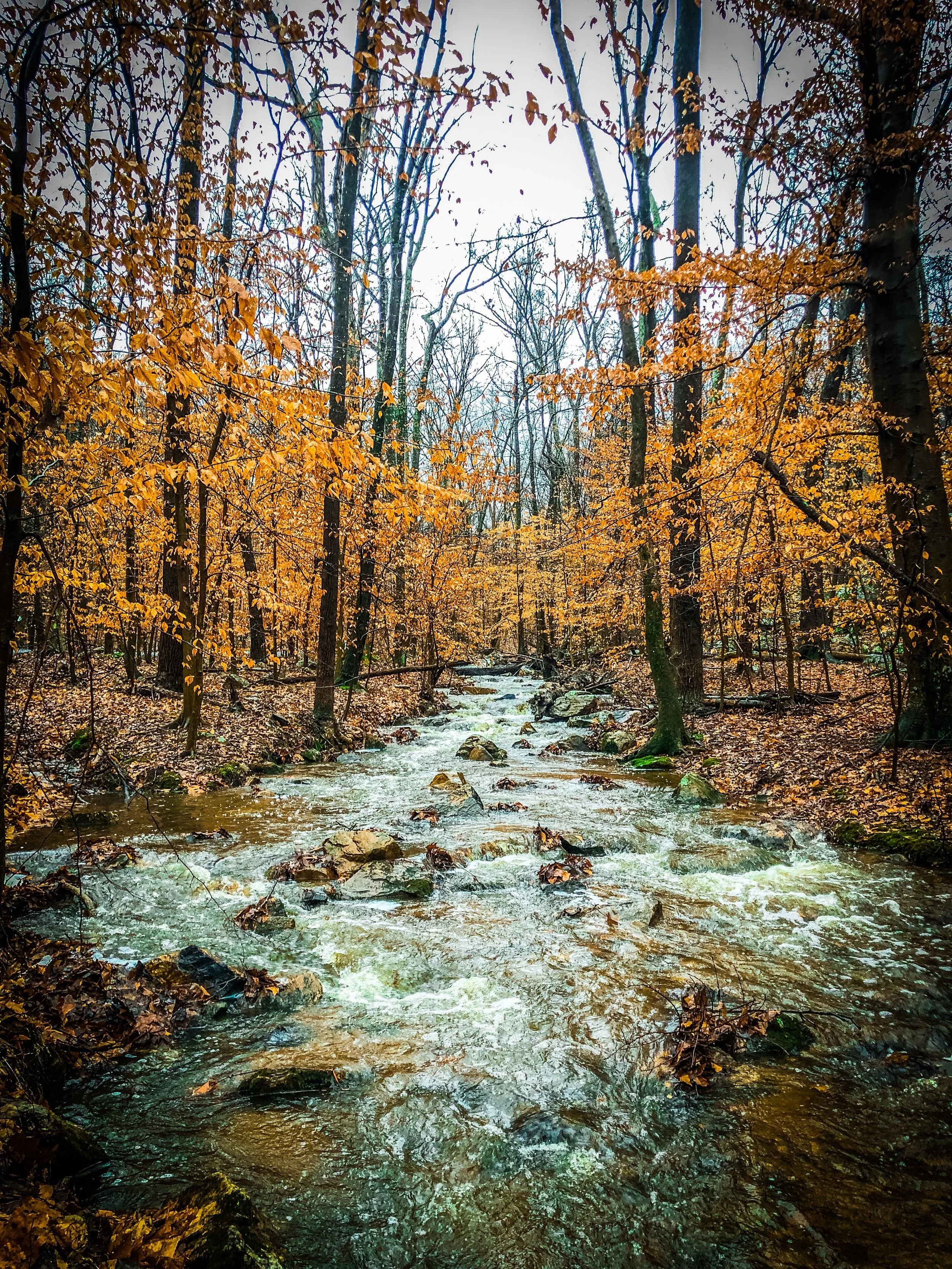The Importance of Forest Stewardship Practices for Property Owners, Managers, and HOAs in Maryland
For property owners, managers, and homeowners’ associations (HOAs) in Maryland, managing forested areas goes beyond simple maintenance—it’s a responsibility tied to preserving natural ecosystems, meeting regulatory requirements, and enhancing community value. A well-executed Forest Stewardship Plan ensures that your forested lands remain healthy, productive, and beneficial to both the environment and your property.
In this article, we’ll discuss what forest stewardship entails, why it’s important, and how property owners and HOAs in Maryland can fulfill their stewardship practices effectively.
What Is a Forest Stewardship Plan?
A Forest Stewardship Plan is a comprehensive guide that helps landowners manage their forested property sustainably. These plans, often developed in partnership with the Maryland Department of Natural Resources (DNR) or certified foresters, outline best practices to achieve specific goals, such as:
• Enhancing wildlife habitats.
• Protecting water quality in nearby streams and rivers like the Potomac River and Monocacy River.
• Reducing risks from pests, diseases, and invasive species.
• Improving forest health and resilience.
• Meeting local and state regulatory requirements, such as forest conservation laws.
Property owners, managers, and HOAs tasked with managing forested lands as part of their stewardship plans must implement and maintain these practices to ensure long-term sustainability.
Why Forest Stewardship Matters in Maryland
1. Environmental Benefits
Healthy forests play a critical role in Maryland’s ecosystems by:
• Filtering pollutants from stormwater runoff, protecting the Chesapeake Bay watershed.
• Providing habitat for wildlife, including migratory birds and pollinators.
• Enhancing the natural landscape, which benefits both the environment and the community.
2. Regulatory Compliance
Maryland has stringent forest conservation and management laws designed to protect natural resources. Adhering to a Forest Stewardship Plan ensures compliance with these regulations, reducing the risk of penalties or corrective action orders.
3. Community and Property Value
For HOAs and property managers, well-maintained forested areas enhance the aesthetic appeal and recreational value of the community. Trails, picnic areas, and wildlife viewing opportunities create spaces that residents enjoy while demonstrating the community’s commitment to environmental stewardship.
Key Forest Stewardship Practices for Maryland Property Owners and HOAs
1. Regular Forest Assessments
Conduct periodic assessments of forested areas to evaluate tree health, identify invasive species, and detect signs of pests or diseases. These inspections provide critical information for updating your stewardship plan and prioritizing actions.
2. Hazard Tree Management
Identify and address hazard trees—those that pose risks to people, property, or infrastructure, such as trails or power lines. Professional tree trimming or removal ensures safety while maintaining the integrity of the forest.
3. Invasive Species Control
Invasive plants like English ivy, multiflora rose, or tree of heaven can outcompete native species, degrading forest health. Implement strategies to remove invasive species and replant with native trees and shrubs, which are better suited to Maryland’s ecosystems.
4. Stormwater and Erosion Management
Forests are natural buffers that reduce stormwater runoff and prevent soil erosion. Enhance these benefits by maintaining vegetative cover, planting along streambanks, and ensuring stormwater systems like retention ponds are functioning properly.
5. Reforestation and Afforestation
Where forest cover has been lost or degraded, reforestation (planting trees in previously forested areas) and afforestation (establishing forests in non-forested areas) can restore ecological balance and meet Maryland’s reforestation requirements under conservation laws.
6. Wildlife Habitat Enhancement
Incorporate practices that support biodiversity, such as creating brush piles for small mammals, preserving snags (standing dead trees) for nesting birds, and planting a mix of tree species to provide food and shelter year-round.
7. Sustainable Timber Management
For properties with timber resources, follow sustainable harvesting practices outlined in your stewardship plan. Selective thinning and rotational harvesting improve forest health while meeting economic goals.
How to Fulfill Your Forest Stewardship Plan Effectively
1. Partner with Professionals
Work with certified foresters or forest management companies like Patriot Natural Resources to implement your stewardship plan. Professionals can provide expertise on tree health, pest control, and reforestation efforts.
2. Engage the Community
If you manage forested lands for an HOA, involve residents in stewardship activities like invasive species removal, tree planting events, or educational workshops about the forest’s benefits.
3. Monitor and Adapt
Forests are dynamic ecosystems that change over time. Regular monitoring and updates to your stewardship plan ensure it remains relevant and effective.
4. Access Incentive Programs
Maryland offers programs like the Forest Conservation Management Agreement (FCMA) and Woodland Incentive Program (WIP) to provide financial assistance for sustainable forestry practices. Explore these options to offset the costs of stewardship activities.
The Bigger Picture: Forest Stewardship and the Chesapeake Bay
Healthy forests don’t just benefit your property—they’re essential for protecting Maryland’s rivers, streams, and the Chesapeake Bay. Forested areas filter pollutants from runoff, stabilize soil to prevent sedimentation, and reduce nutrient loads that contribute to algae blooms in waterways.
By fulfilling your Forest Stewardship Plan, you’re playing a vital role in preserving the natural resources that define Maryland’s landscapes and communities.
Partner with Patriot Natural Resources for Forest Management
At Patriot Natural Resources, we specialize in helping property owners, managers, and HOAs implement sustainable forest stewardship practices. From hazard tree management to invasive species control, our team provides tailored solutions to meet your property’s unique needs and support your environmental goals.
Contact us today to learn how we can help you fulfill your Forest Stewardship Plan and maintain the health of your forested lands for generations to come.

